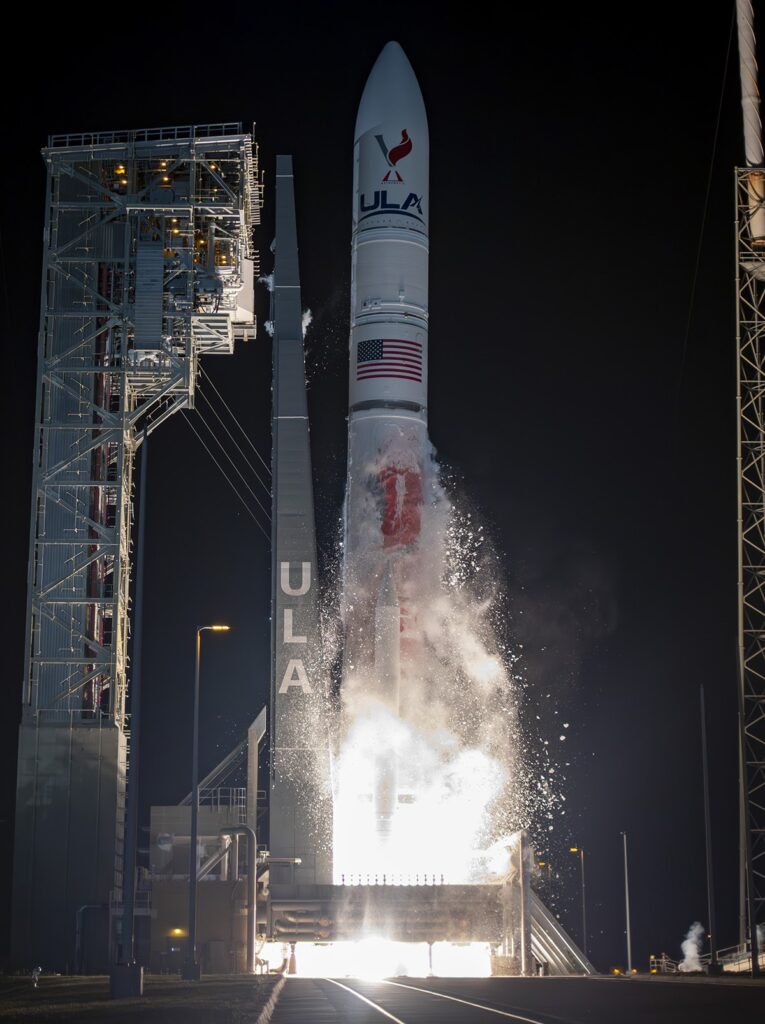Astrobotic Technology, a private company with its Peregrine Lander funded by NASA, faced a significant setback due to a crucial fuel loss. This development marks a substantial setback for NASA, impacting a historic private mission aimed at lunar exploration. It deals a major blow to America’s aspirations of deploying its first robotic presence on the lunar surface in over five decades.
The Vulcan rocket from United Launch Alliance (ULA) propelled Astrobotic’s lander, placing it on a lengthy and circuitous trajectory toward the moon. Peregrine Lander mission achieved the milestone of being the inaugural American commercial lunar lander launched on a mission to the Moon. Astrobotic received substantial support from NASA, exceeding $100 million.
Peregrine was equipped with five NASA payloads in addition to cargo from diverse nations and commercial customers. Named after the world’s fastest bird, Peregrine not only carried scientific instruments for NASA but also accommodated a more diverse payload funded by private customers. This included items such as a physical Bitcoin, cremated remains, and DNA, including those of notable figures like Star Trek creator Gene Roddenberry, renowned sci-fi author Arthur C. Clarke, and even a canine companion.
How Peregrine Lander Failed

The Peregrine Lander spacecraft was launched by United Launch Alliance’s cutting-edge Vulcan rocket. However, shortly after achieving full operational status, Peregrine encountered a significant propulsion issue, rendering it incapable of aligning its solar panels with the sun for power. Although mission controllers eventually rectified Peregrine’s orientation, the propulsion problem led to a critical fuel loss.
A persistent leak is compelling Peregrine’s compass system to work incessantly to prevent the spacecraft from tumbling out of control. The estimation is that Peregrine will deplete its fuel reserves in less than two days.
What was the mission?
Peregrine Lander had the mission objective of reaching the Moon, maintaining an orbit for several weeks, and ultimately landing in the mid-latitude region known as Sinus Viscositatis on February 23. NASA aims to capitalize on such missions to investigate the lunar environment, establishing a foundation for its Artemis program, which aims to send astronauts to the moon within this decade. Additionally, these lunar missions serve as vital preparations for future missions to Mars.
Recent lunar landing endeavors by private companies from Israel, Japan, and the Russian space agency encountered setbacks. Japan’s SLIM lander is now targeting a mid-January touchdown. The history of moon landings includes successful missions by the Soviet Union and the US in the 1960s and 70s. China achieved success in 2013, followed by India in 2023 with Chandrayaan-3.
Read also SLIM: Japan’s Chandrayaan 3 like mission to the Moon
Chandrayaan-3 successfully reached the moon in 40 days, utilizing the less powerful LVM3 rocket and employing the slingshot method. India achieved a lunar landing on its second attempt, overcoming the setback of the Chandrayaan-2 mission in 2019.
Read also Chandrayaan 3: Exploring the Moon’s South Pole and the Quest for Lunar Ice
Read also SpaceX Launches Direct-to-Mobile-Phone Satellite and How It Differs From JioSpace Fiber


